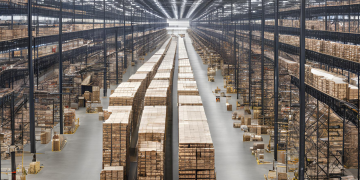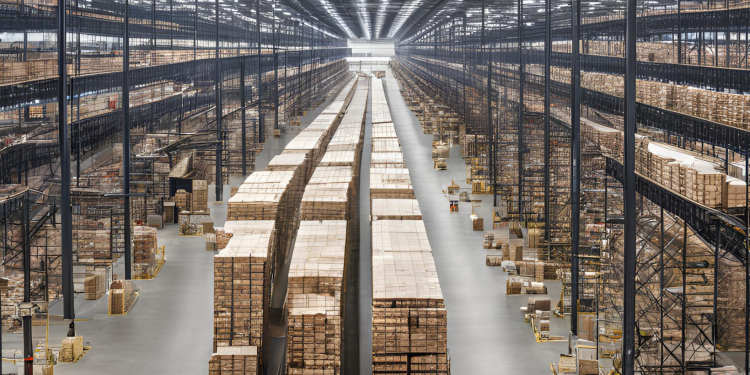Article for The Logistic News
As global supply chains evolve to meet rising e-commerce demand, supply chain resilience strategies, and nearshoring trends, mega distribution centers (DCs) are emerging as a cornerstone of modern logistics infrastructure. According to a recent CBRE report, leasing activity for large-scale warehouses exceeding 1 million square feet has surged, reflecting the growing need for high-capacity, technology-driven logistics hubs.
Why Are Mega Distribution Centers Gaining Popularity?
✅ E-Commerce Growth & Faster Fulfillment Needs
With online shopping volumes continuing to rise, retailers and third-party logistics (3PL) providers are scaling up their operations. Mega DCs allow for larger inventory storage, faster order processing, and more efficient last-mile distribution, ensuring companies can keep up with consumer demand.
✅ Supply Chain Resilience & Nearshoring Strategies
The disruptions of recent years have pushed companies to diversify their supply chains by nearshoring production and expanding regional distribution networks. Mega DCs serve as critical nodes for companies looking to reduce lead times, minimize risks, and enhance operational flexibility.
✅ Automation & Smart Warehousing
Modern mega distribution centers are powered by AI-driven inventory management, robotics, and advanced warehouse automation. These innovations enable:
✔ Predictive demand forecasting
✔ Automated order picking & sorting
✔ Real-time shipment tracking & route optimization
✅ Strategic Locations for Multimodal Logistics
Businesses are choosing prime locations for mega DCs near ports, rail hubs, and major highways, allowing for seamless intermodal freight transportation. Key markets such as California, Texas, and Midwest logistics corridors have seen a significant increase in mega warehouse leasing.
Challenges in Mega Distribution Center Expansion
🔹 Rising Construction & Real Estate Costs – The increasing demand for large-scale warehouses is driving higher land prices and construction expenses.
🔹 Labor Availability & Workforce Development – Mega DCs require skilled talent to manage automation, robotics, and high-volume fulfillment operations.
🔹 Sustainability & Green Warehousing – As pressure to reduce carbon footprints grows, companies must integrate solar power, energy-efficient infrastructure, and eco-friendly practices into their mega logistics hubs.
What’s Next for Mega Distribution Centers?
📌 Multi-Level Fulfillment Centers in Urban Areas – To maximize land efficiency, developers are launching vertical distribution centers in high-density cities.
📌 Expansion of Cold Storage Facilities – The rise of pharmaceutical logistics and fresh food e-commerce is fueling demand for temperature-controlled mega DCs.
📌 Green & Net-Zero Warehousing – Expect increased investment in carbon-neutral warehouse designs, renewable energy solutions, and circular supply chain models.
Conclusion
The expansion of mega distribution centers represents a transformational shift in global logistics. As businesses invest in large-scale, automated, and strategically located logistics hubs, mega DCs will play a pivotal role in shaping the future of fulfillment, supply chain efficiency, and e-commerce logistics.
#MegaDistributionCenters #EcommerceLogistics #Warehousing #3PL #SmartLogistics #SupplyChainInnovation #Nearshoring #ColdStorage #GreenWarehousing #TheLogisticNews























